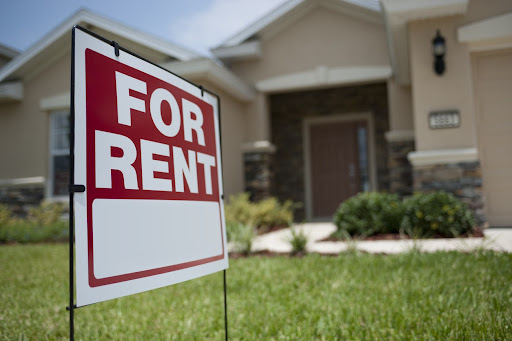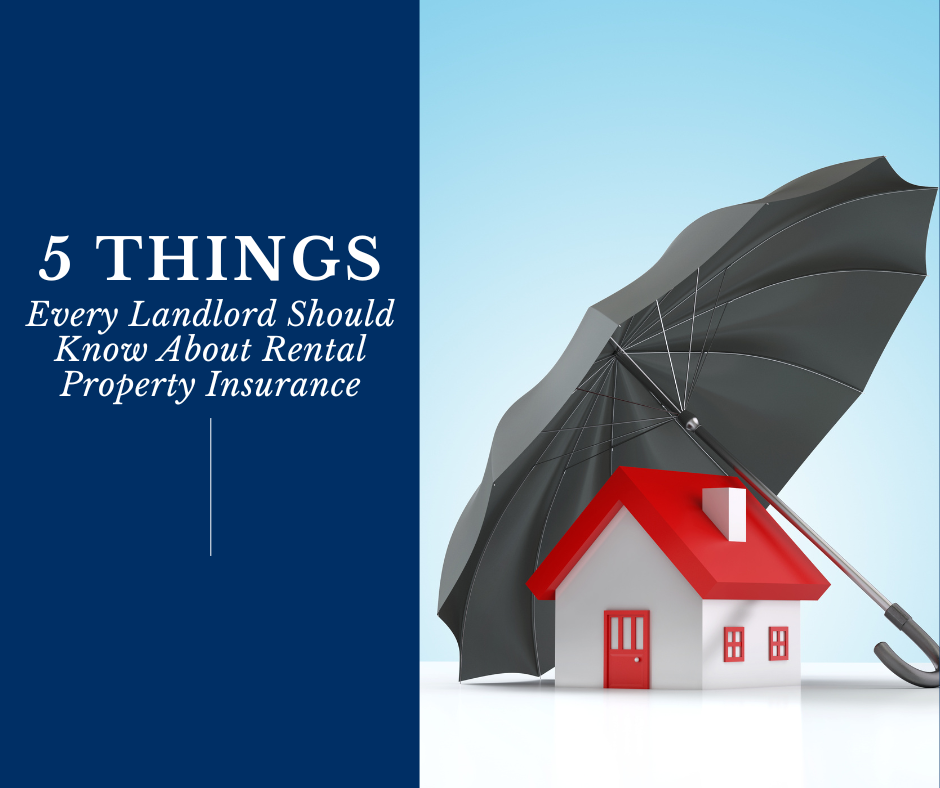Over the course of the past eighteen months, housing prices have skyrocketed throughout the Colorado Springs area. The median price for a single-family home sits around $450,000–and it’s held steady at that rate for more than a month. Homes remain on the market for an average of just 10 days before someone snaps them up. It’s the hottest housing market in years, and it’s continued to frustrate buyers immensely.
$450,000–and it’s held steady at that rate for more than a month. Homes remain on the market for an average of just 10 days before someone snaps them up. It’s the hottest housing market in years, and it’s continued to frustrate buyers immensely.
Even as the cost of owning a home rises, the average cost of monthly rents has risen throughout Colorado Springs, too: by March, average monthly rent for an apartment hovered around $1,333.69, and the number continues to inch up each quarter. Renting a house could cost even more, particularly for renters moving into a property that has just changed hands.
Do property value and rental rates continue to correlate–and what can you, as a renter, expect as you move into a new property? If you’re looking for a place to rent, what should you expect?
1. The housing shortage throughout Colorado Springs continues.
There are considerably fewer homes on the Colorado Springs market this year than usual, with many people choosing to stay where they are instead of chancing the difficult real estate market. Compared to last year, available homes were down an estimated 61% from last year. When homes do hit the market, they often sell just as quickly, especially with the population in Colorado Springs continuing to grow at twice the population growth rate of the rest of the nation.
As a result, it’s hard to find either a property to buy or a property to rent–and buyers and renters alike find themselves paying premium prices for those properties.
2. The greater the value of the property, the greater the average rent.
In general, rental rates go up on high-value properties. Square footage is equally important to both homeowners and renters. Renters are also interested in amenities added to the property, from new appliances in the kitchen to additional property amenities. Properties in a great neighborhood, or where the landlord takes on the cost of yard maintenance, could also have higher rents than properties in less-desirable areas.
Landlords often add to their rental properties in an effort to increase the rent they can charge. They may, for example, update a home after the previous renter moves out, or install new additions to the property in order to attract better buyers and raise their rent prices over time.
3. Growing rental rates on all properties may impact how much more landlords can increase their prices for those amenities.
While properties that offer great amenities are certainly more desirable, the increasing cost of living in Colorado Springs, including rising rent and home purchase prices, has made it difficult for many people to meet those rates. Young people continue to move to the area in high numbers, and many of them plan to rent for some time before they purchase a home. Nevertheless, median salary in Colorado Springs remains lower than it is across much of the rest of the nation, and renters may not have the funds ready to further increase what they have to pay in rent due to those amenities. As a result, some Colorado Springs landlords may find that they have to adapt their prices accordingly.
Rising property costs throughout Colorado Springs have created a number of problems for many people, both those wishing to purchase a home in the area and those who prefer to rent. As home prices increase more than ever, many landlords may find that their renters can no longer afford to pay a rental price in keeping with the current value of the home–and they may have to drop their rents to meet those changing needs. Need to know how much your property is worth? Get a Free Rental Property Management Assessment when you give us a call at 719-471-RENT (7368).





